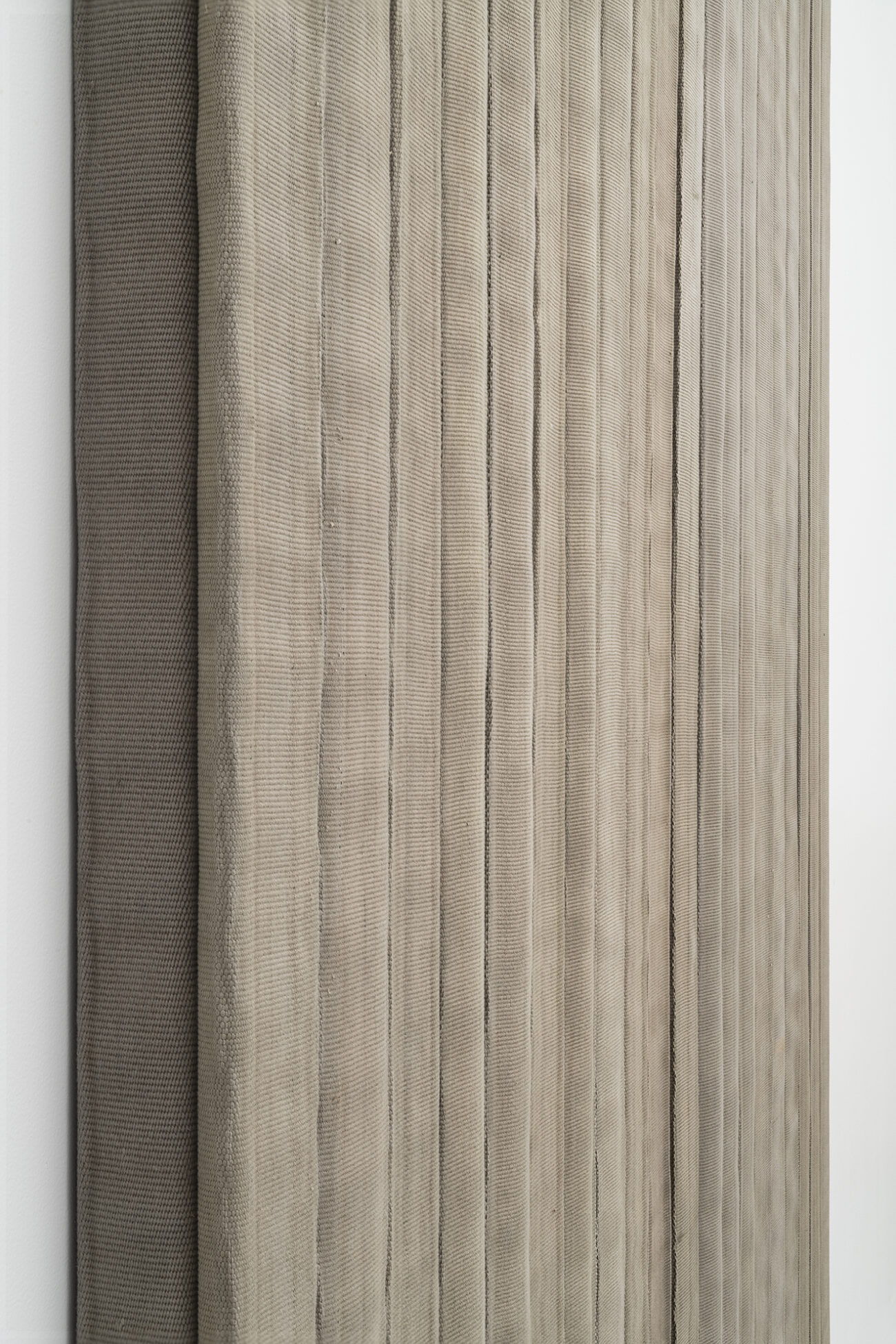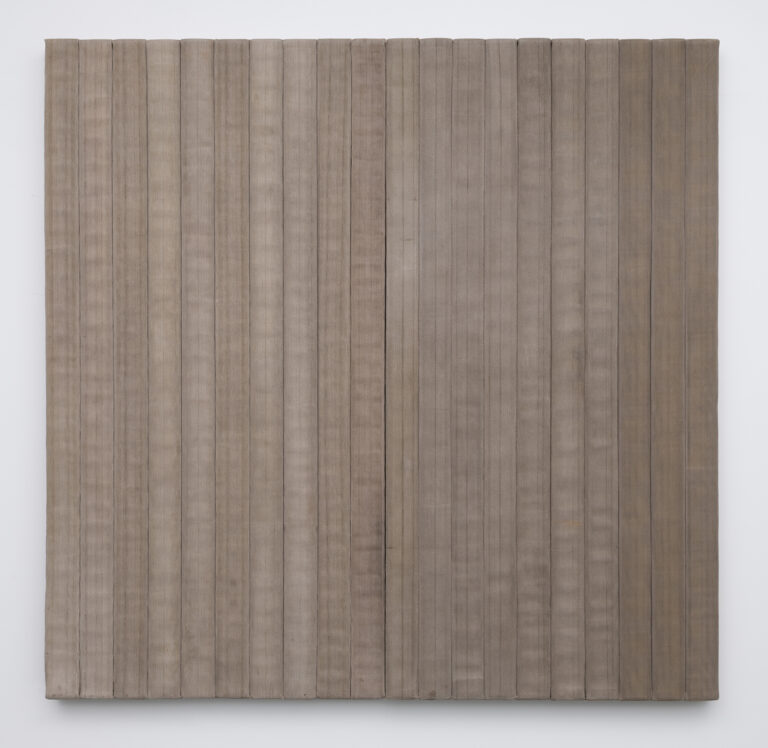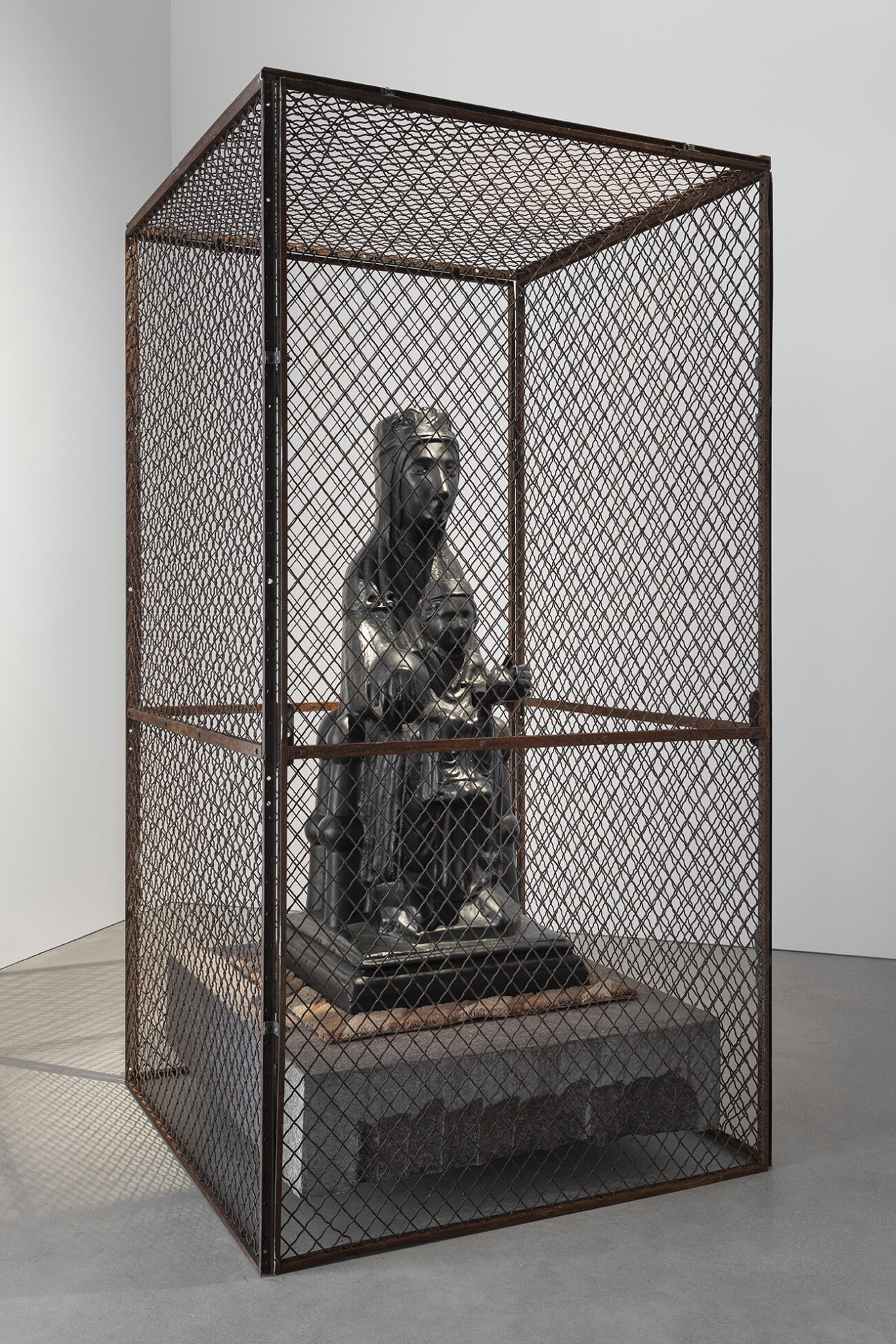Photograph of Theaster Gates by Lyndon French (above)
Artist and social innovator Theaster Gates transverses a myriad of artistic disciplines and social practices through his continual exploration into cultural, social and political histories and consequences. Initially trained as a ceramicist and urban planner, Gates has gone on to embark on such far-reaching and impactful projects as urban revitalization, cultural celebration and preservation through his Rebuild Foundation. Through his work, which often incorporates archives, found objects and materials from dilapidated buildings, Gates probes our past, current and future identities, while at the same time addressing issues of value, labor, craft and inequity.

“[My art] covers big ideas that are rooted in where I live or where I am, and the way those things are born can take so many shapes,” Gates says. “If I’m having a conversation with friends about the lack of cultural venues on the South Side (of Chicago), I could either write an op-ed about it, or I could build a temporary club, or I could make a painting about a club that I long for—and what feels wonderful about my practice is that there’s no hierarchy between those three.”


Civil Tapestries, one of Gates’ most recognizable series, incorporates decommissioned fire hoses, referencing a tool of police brutality against Civil Rights leaders and marchers in America. By repurposing and recontextualizing the material, Gates highlights the importance of preserving and interrogating history while reimagining its relevance in the present-day, reclaiming what was once a symbol of suffering.


In a further examination of the Black American experience, Gates created the sculptural installation work Alls my life I has to fight (2019). Its title is a reference to Pulitzer Prize-winning American rapper Kendrick Lamar’s “Alright,” which itself is a reference to Alice Walker’s landmark novel The Color Purple.

The Madonna of Alls my life I has to fight, here “protected” by fencing the artist salvaged from a demolished Catholic church at 72nd Street and Dorchester Avenue on the South Side of Chicago, represents the intergenerational effect of incarceration on the Black American community. Black women represent 30% of all incarcerated women in the US, although they represent 13% of the female population generally. The female incarcerated population moreover stands six times higher than in 1980.

Gates’ practice extends beyond the confines of the art world. He actively engages with communities, collaborates with both local and international artists, neighborhood residents, activists, and organizations, and addresses issues of racial and economic inequality. The Rebuild Foundation operates primarily on the South Side of Chicago, where Gates lives just a few miles away from where he grew up. The organization’s projects often involve the restoration and repurposing of abandoned buildings and vacant lots into active cultural and community spaces, as well as maintaining, promoting and archiving Black legacies and social and cultural histories of Chicago and America. As a professor and Special Advisor to the President for Arts Initiatives at the University of Chicago, he has shaped the creative ambition of a new generation of artists interested in socially engaged practices. Through his work, Gates has expanded the possibilities of art and challenged conventional notions of the artist’s role in society.

